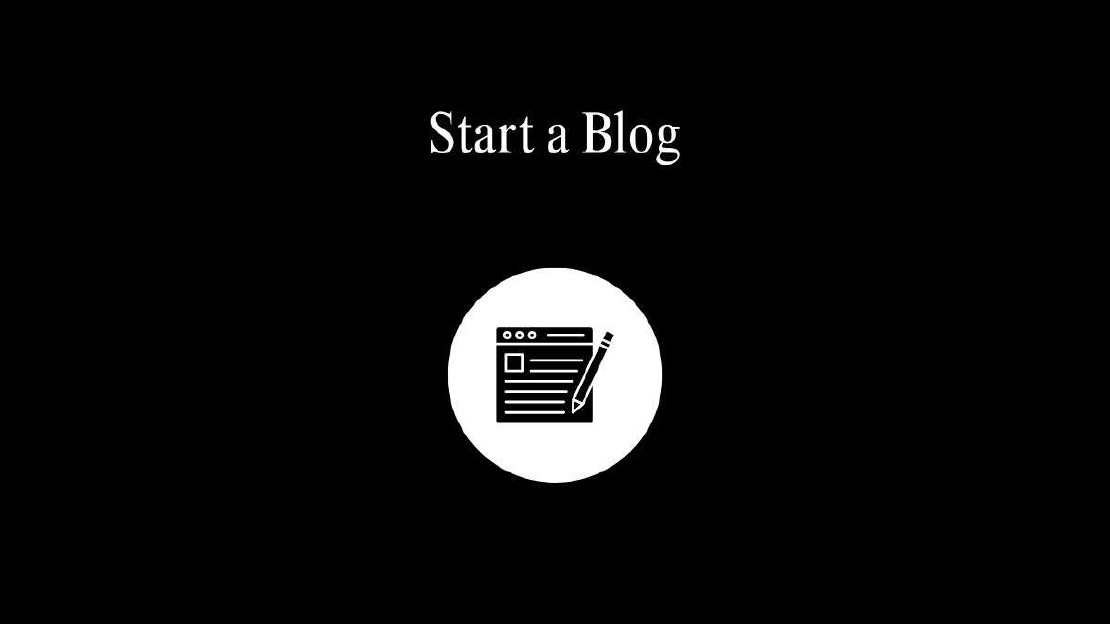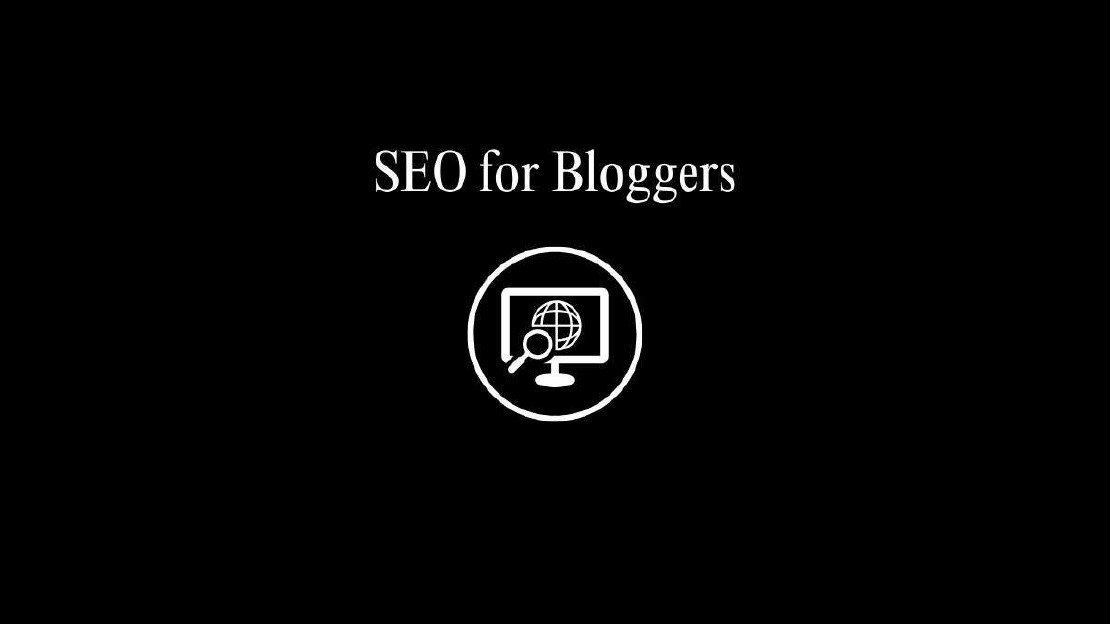SEO for Bloggers
In the digital age, where the internet serves as the primary source of information and commerce, mastering Search Engine Optimization (SEO) has become paramount for businesses and content creators alike. SEO is the cornerstone of online visibility, driving organic traffic and ensuring your website ranks prominently in search engine results. This comprehensive guide aims to demystify SEO for bloggers, providing actionable insights and strategies to boost website traffic.
SEO for Bloggers, Tips and Strategies
How do you think the highest paid bloggers became wealthy? By consistently creating high-quality, engaging content that resonates with a large audience. They leveraged multiple income streams, including sponsored posts, affiliate marketing, and digital product sales. By mastering SEO and social media strategies, they drove substantial traffic to their blogs. Additionally, many formed lucrative partnerships with brands and other influencers. Lastly, they continually adapted to market trends, ensuring their content remained relevant and valuable to their followers.
Blogger SEO Tips and Strategies
At its core, SEO is the practice of marketing a business to enhance its visibility and relevance to search engine algorithms. Search engines, such as Google, use complex algorithms to evaluate websites based on various factors, including keywords, content quality, user experience, and backlinks.
Keywords Research and Implementation: Keywords form the foundation of SEO. Conduct thorough keyword research to identify terms and phrases relevant to your content and target audience. Utilize tools like Google Keyword Planner, SEMrush, or Ahrefs to discover high-volume keywords with reasonable competition. Integrate your target keywords strategically into your content, including titles, headings, meta descriptions, and body text. Lastly, ensure keyword usage feels natural and aligns with your content. Avoid keyword stuffing, as it can hurt your search engine rankings.
High-Quality Content Creation: Content reigns supreme in the realm of SEO. Create compelling, informative, and relevant content that addresses the needs and interests of your audience. Aim for originality and depth, providing valuable insights that set your content apart from competitors.
Regularly update your website with fresh content to signal relevance to search engines and engage your audience. Incorporate multimedia elements such as images, videos, and infographics to enhance user experience and increase dwell time.
Keyword Research
The first step in any successful SEO strategy is keyword research. When starting a blog, identifying the right keywords is crucial for reaching your target audience. Keywords are the terms and phrases that people enter into search engines when looking for information. By optimizing your blog for these keywords, you can improve your chances of appearing in search results.
- Using Keyword Tools: Utilize tools like Google Keyword Planner, Ahrefs, or SEMrush to find relevant keywords with high search volume and low competition. These tools provide valuable insights into what your potential readers are searching for.
- Long-Tail Keywords: Focus on long-tail keywords, which are more specific and less competitive. For example, instead of targeting “fitness tips,” aim for “fitness tips for busy professionals.”
- Competitive Analysis: Analyze your competitors to see which keywords they are ranking for. This can help you identify gaps and opportunities in your niche.
Content Strategies for SEO Success
Content is the backbone of any blog. To optimize your content for SEO, it’s essential to create high-quality, engaging, and informative posts that resonate with your audience. Here are some a few content strategies:
- Create Worthy Content: Ensure your content provides real value to your readers. Answer their questions, solve their problems, and offer insights that they can’t find elsewhere.
- Optimize On-Page Elements: Incorporate your target keywords naturally into the title, headings, meta descriptions, and throughout the content. Avoid keyword stuffing, which can lead to penalties from search engines.
- Write Engaging Headlines: Your headlines should be compelling and include your main keyword. A catchy headline can significantly increase your click-through rate.
- Use Multimedia: Incorporate images, videos, infographics, and other multimedia elements to make your content more engaging and shareable.
- Internal Linking: Link to other relevant posts within your blog. This not only helps keep readers on your site longer but also improves your site’s SEO by establishing a clear site structure.
On-Page Optimization Techniques
On-page optimization focuses on optimizing individual web pages to improve their search engine rankings.
- Title Tags and Meta Descriptions: Create concise, compelling title tags and meta descriptions that accurately reflect your content. Include relevant keywords to improve click-through rates and attract organic traffic. Keep title tags under 60 characters and meta descriptions under 160 characters for optimal display.
- URL Structure and Navigation: Optimize your website’s URL structure to be user-friendly and search engine-friendly. Use descriptive, keyword-rich URLs to indicate page content clearly. Ensure intuitive navigation by organizing content into logical categories and using internal linking to establish hierarchical relationships between pages.
- Mobile Optimization: Optimize your website for mobile users with responsive design principles. Ensure seamless functionality and viewing experiences across all devices. Google prioritizes mobile-friendly websites, making mobile optimization essential for SEO.
Technical Optimization Strategies
Beyond content, off-page optimization or technical SEO aspects ensure that search engines can easily crawl and index your site. Here are some essential technical SEO practices:
- Mobile Optimization: Ensure your blog is mobile-friendly. With a significant portion of web traffic coming from mobile devices, a responsive design is crucial.
- Site Speed: Optimize your site’s loading speed. Use tools like Google PageSpeed Insights to identify and fix issues slowing down your site.
- Secure Your Site: Use HTTPS to secure your site. Search engines favor secure sites, and it builds trust with your audience.
- Sitemap and Robots.txt: Submit a sitemap to search engines and use a robots.txt file to guide search engine crawler.
Building Backlinks
Back-links, or inbound links, are links from other websites to your blog. They are a critical factor in SEO as they signal to search engines that your content is valuable and credible. You can gain back-links by writing guest posts, receiving sponsored posts, create quality content and more. Write guest posts for reputable sites in your niche. This can help you gain exposure and earn high-quality back-links. Reach out to other bloggers and websites to share your content. Building relationships can lead to natural back-links. Lastly, publish comprehensive guides, original research, or unique insights that others will want to link to.
Conclusion
Mastering Search Engine Optimization is an ongoing process that requires dedication, strategic planning, and continuous adaptation to changing algorithms and trends. By understanding the fundamentals of SEO, implementing best practices, and monitoring performance metrics, you can enhance your website’s visibility, attract organic traffic.
Remember, SEO is not a static endeavor but rather a dynamic process that requires vigilance and adaptability. By adhering to the principles outlined in this comprehensive guide and remaining proactive in your optimization efforts, you can propel your website to new heights of visibility, relevance, and success in the ever-evolving landscape of online marketing.
Recent Posts

- Blogging
Blogger Content Marketing
As the internet continues to evolve, content marketing stands out as a pivotal strategy for businesses striving to engage their audience, build brand authority, …

- Blogging
Top 20 Blog Platforms
Find the best blog platforms is like laying the foundation for a dream home; it sets the tone for everything you’ll create. The perfect blog hosting service …

- Blogging
How to Start a Blog
In a world driven by digital transformation, starting a blog stands as one of the most influential ways to share knowledge, voice opinions, and build an online …
